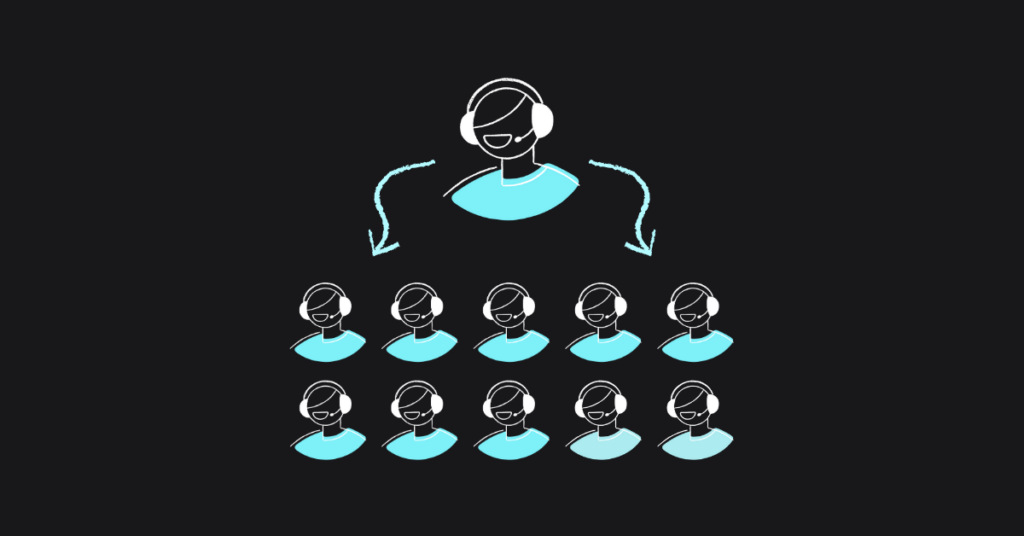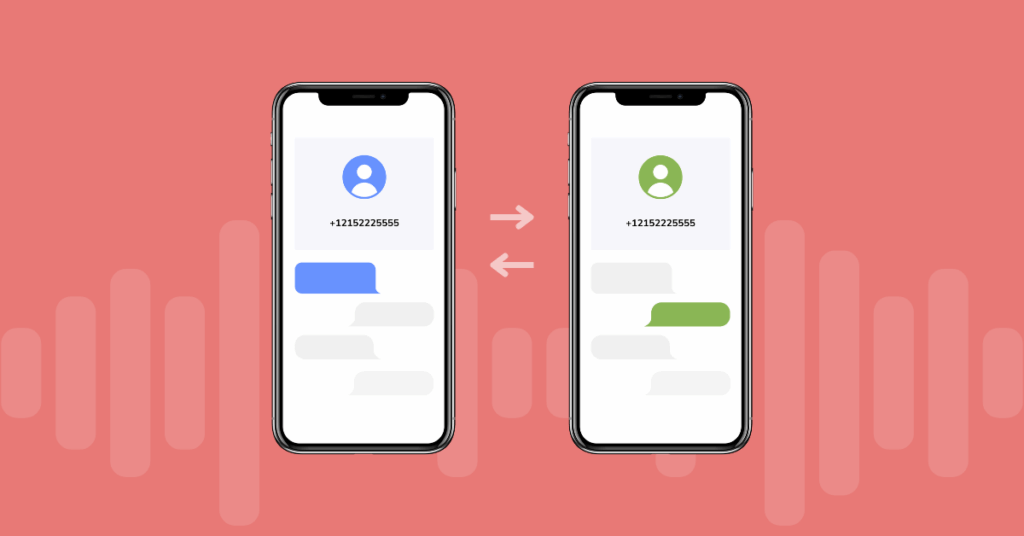
Table of contents
How often do you think about incoming call distribution in your office or call center? Many business owners assume that deploying a new technology or device will solve whatever problem they were having. But experts will tell you that technology is only a single part of the solution. You need to integrate the new system into existing workflows (or change them around!) and strategically use the advantages it presents.
The same line of thought applies to incoming call distribution. Switching to a new VoIP service won’t solve the issue of overburdened service agents. Many VoIP systems have different options for routing incoming and outgoing calls. You should select the one that suits your particular requirements best.
Before we discuss time based call routing, let’s us take a quick look at how these call routing systems evolved over the years.
Operators and Automatic Call Distributors
The earliest call routing systems were human operators. Most organizations had people to answer incoming calls and direct them to the appropriate person or department. Slowly, hardware devices for the automatic call distributors (ACD) replaced entire rooms of human operators. These devices had specific rules for distributing calls to ensure equity. In most cases, these organizations were trying to distribute calls evenly among available agents or handle situations where they were more calls than people to answer them.
Intelligent Call Routing Algorithms
While more efficient than manual routing, these ACDs weren’t really smart. They couldn’t react to unexpected situations or change the call distribution based on variable factors. Today’s VoIP systems have call routing algorithms that can direct calls dynamically. Organizations can ensure that each customer calling the office has a superior experience.
Call routing algorithms have different options to route incoming calls such as:
Time based Routing
Suppose your company has the proper software to route calls during business hours. What do you when a customer calls during the night or on the weekend? Time based routing can help with that. Suppose you have 2 offices – one on the East coast and one on the West. If a customer calls the sales office before 5:00 PM, they can talk to an agent in the East coast office. Since the East coast office closes at 5, send callers to the West coast office until 8:00 PM since they’re still open. After both offices close, you can direct them to voicemail or even mobile numbers of key employees.
Most Idle Routing
This algorithm sends calls to the office or trunks with the least traffic. Suppose your East coast office is close to reaching maximum capacity while the other location is mostly idle. Instead of burdening the staff even more, the system can route calls to the West coast location irrespective of the time of day. You can even integrate some systems with network monitoring tools to trigger the routing algorithms at certain levels or route calls evenly across multiple sites throughout the day.
Location based Routing
Location based routing is best for businesses that strive to cultivate a local, home-grown image. For a medium or large company, it makes sense to use a unified toll free number for tech support or customer service. But behind the scenes, the routing algorithm directs calls to the nearest local office depending on the location of the caller. Not only do you preserve your brand image but you also minimize the chances of call drops due to multiple transfers over longer distances.
Skill based Routing
Suppose your company has different products and services. Not all agents are trained on the intricacies of each product. Skills based routing can send callers to a specialist instead of bouncing them around a bunch of agents who can’t help them. IVR systems allow customers to input the type of problem they’re having (billing, product return, technical help etc.) or the product they need help with (computer, mobile phone, camera etc.) You can even direct calls based on which product ad the customer clicked to call your office!
As you can see, time based routing is one of many options businesses have routing incoming calls. Time based routing is perhaps the most popular option among businesses of all sizes because it is a more general approach than the rest. It is suitable for companies with multiple offices scattered across the country in different time zones as you can extend service hours without adding more staff. Even a small business can benefit from this by allowing remote agents to handle calls based on their time zone instead of fixed business hours.
Effective inbound call distribution is a necessity for organizations, especially if you have customers who need support 24×7. It’s yet another tool to improve the service experience for your loyal customers.
More from the blog
Want to improve your business communication?
Unlock enterprise-class call center power at affordable prices – no hardware, no delays, no surprises!






